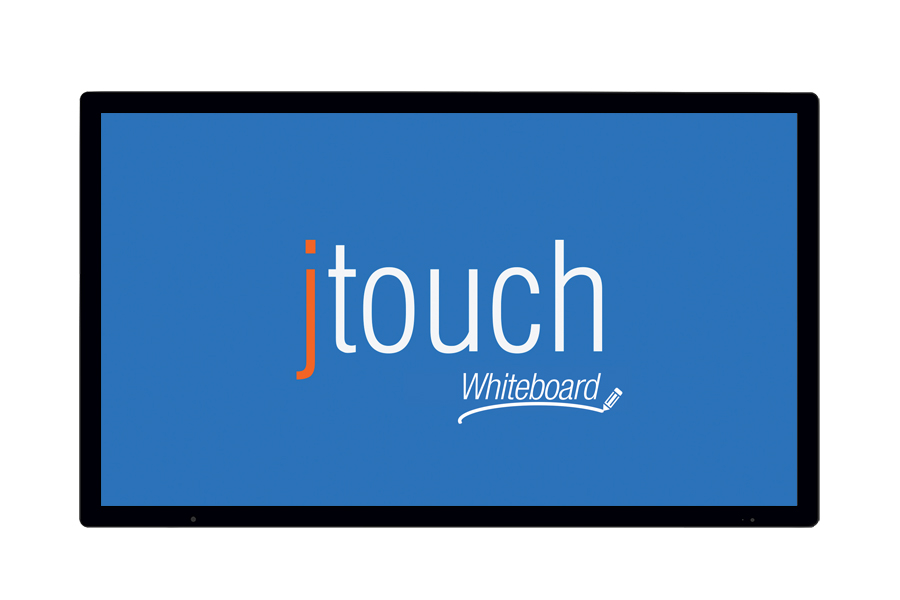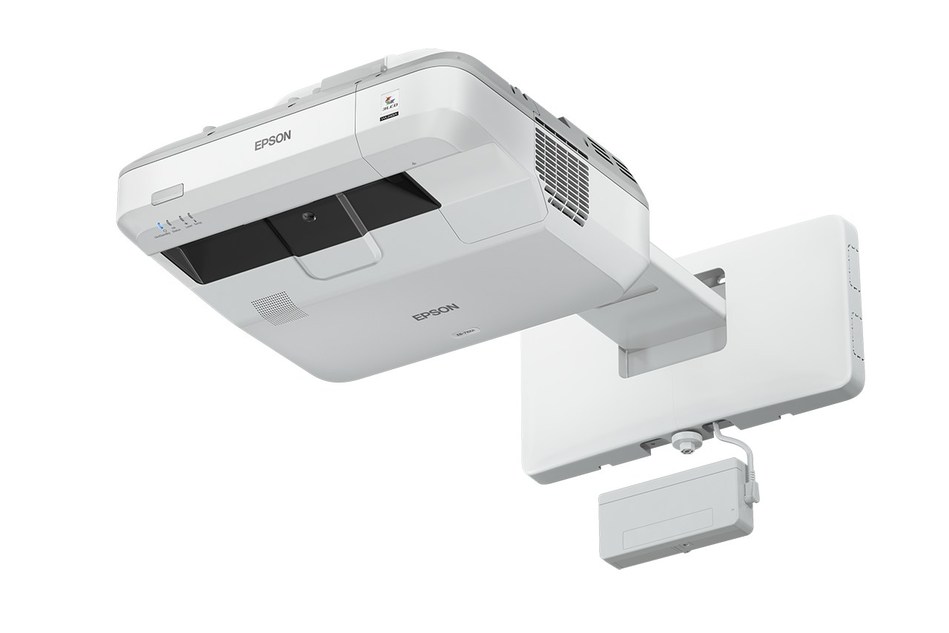As a generation that’s grown up interacting with screens, the technological expectations of today’s students are understandably high. So much so that classroom video technology is hardly optional anymore, at any grade level.
“Authentic learning is not a trend—it is a necessity,” according to the NMC/CoSN Horizon Report: 2017 K–12 Edition, which looks at how new technologies may shape education. “Hands-on experiences that enable students to learn by doing cultivate self-awareness and self-reliance while piquing curiosity.”
The entire concept of how students learn, across all ages, is a shift that opens doors for new video applications, said Zach Boxrud, K-12 account executive at Tierney, an integration company that saw significant growth in the K-12 market last year. “Classrooms are being completely redesigned to become student centered, rather than teacher centered,” he said. “Students are navigating the learning experience with the teacher’s guidance. New flexible learning spaces in schools consist of newer furniture that is integrated with multiple displays in the classroom. With proper instruction and professional development, this promotes student collaboration and flexibility for teachers to meet different student learning styles.”

Lecture capture technology is part of that shift, whether for distance learning or online capture and playback, said Darrin Thurston, VP of product development at Vaddio.
“Where previously there may have been one or two rooms in a university that were video enabled for capture, they’re now being deployed to just about every classroom,” he said. “Heading into the future, as video over IP or AV over IP becomes more standardized, where it can reside on the same enterprise network, we see that flexibility on campuses growing tremendously.”
Vaddio’s AV Bridge MatrixMIX, an eight-channel switcher that allows users to incorporate graphic layers, can assist in these new learning environments by keeping lessons from becoming too static. “Even in lecture capture, entertainment is a value to keep students interested,” Thurston said. “A simple transition between two cameras will catch your attention, versus talking heads in a single shot, or an hour-and-a-half lecture. We’re incorporating a lot in a simple user interface where the instructor can add some production quality, which increases that content level dramatically.”
Touching on Reliability
Despite the understood need for high-quality video resources in the classroom, challenges still exist. Those who work in the education market are used to fluctuating budget cycles and limited funding. One approach that’s been successful for integrator VCA, which has seen recent growth in its work with higher-ed clients, is standardization.
“Most of my clients aren’t trying to reinvent the wheel, but they want something that’s repeatable classroom by classroom,” said Erik Sengel, corporate accounts manager, VCA “There’s been a shift away from a lot of elaborate design work. I’ll go back to reliable technology. It’s kind of boring, but it’s true.”
For K-12 environments, whiteboards remain one of those standard and reliable options. When interactive technology is the goal, connecting students’ individual laptops or working on files in real time is key, and deploying multiple whiteboards across a campus may provide a simple, straightforward approach that appeals to an education client.
“Pedagogy has evolved from lecture, rote, and passive absorption of information to an active exchange and two-way presentation, bringing in content from the web and highlighting the work of student teams,” said Brady O. Bruce, CMO, InFocus. “A digital whiteboard such as the InFocus JTouch enables an interactive classroom environment, where students can quickly and easily share their work with their peers, or gather students at the board for games, brainstorming sessions, and other activities with online content.”

The 70-inch JTouch allows multiple people to write or draw at the same and then view and annotate over PowerPoint, Word, or images. Touch control is likewise an option in Jamboard, the interactive whiteboard from BenQ, which adds cloud-based G-Suite integration to the mix, so educators can easily access materials stored in a Google Drive, and instantly save any changes that are made. Sharp’s PN-C805B AQUOS Board, at 80 inches diagonal, enables similar real-time information sharing at a size that may be just the right fit for larger classrooms. Another large screen is the 84-inch LG TR3B Series, with Ultra HD resolution, plus pp-scaling and Super Resolution technology to enhance the quality of 1080p content to near-UHD quality.
Projected Forecast
Collaboration and scale are also key when it comes to projectors. The multi-touch interactive capabilities of Epson BrightLink interactive projectors, for instance, support the use of two stylus pens and up to six fingers at a time, all while projecting a display of up to 100 inches. The BrightLink is available in models featuring up to 4,400 lumens. Other ultra short-throw interactive projectors include the Sony VPL-SW631 and Hitachi CP-TW3005 at 3,300 lumens, the BenQ MW855UST at 3,500 lumens, the NEC UM361X at 3,600 lumens, and the Optoma EH320UST at 4,000 lumens.

Space savings is also an upside to interactive projection technology, noted Tom Piche, product manager, education projectors, Epson America.
“Unlike with flat panel displays, BrightLink does not consume valuable teaching space when not in use,” he said. “BrightLink can be used on any flat, rigid surface, including dry erase whiteboards, so instructors can continue to use their wall and/or whiteboard for other activities when the projector is not in use.”
The 4K Road Ahead
A big challenge for the education market will always be endurance. Unlike corporate clients who may be able to upgrade a system as their needs and spaces change, schools often have a longer time between AV installs. As a result, many clients in the market are requesting equipment that will deliver a big (and long-lasting) bang for their buck—though, at the moment, it’s a considerable number of bucks.
“A lot of clients are asking about laser 4K projection, so they don’t have to deal with ongoing maintenance in projection for the larger spaces,” said VCA’s Sengel. “In these large venues where they have a projector that’s up in the ceiling, they don’t want to have to change the bulbs. It’s costing them more money to do so. It’s a conversation clients are curious about it, and I’m advising them of the value of investing in laser 4K projection now. It’s becoming less of a ‘nice to have’ and more of a ‘need to have,’ which creates a real ROI in the long run.”
Mary Bakija is a writer and editor based in Brooklyn, NY.